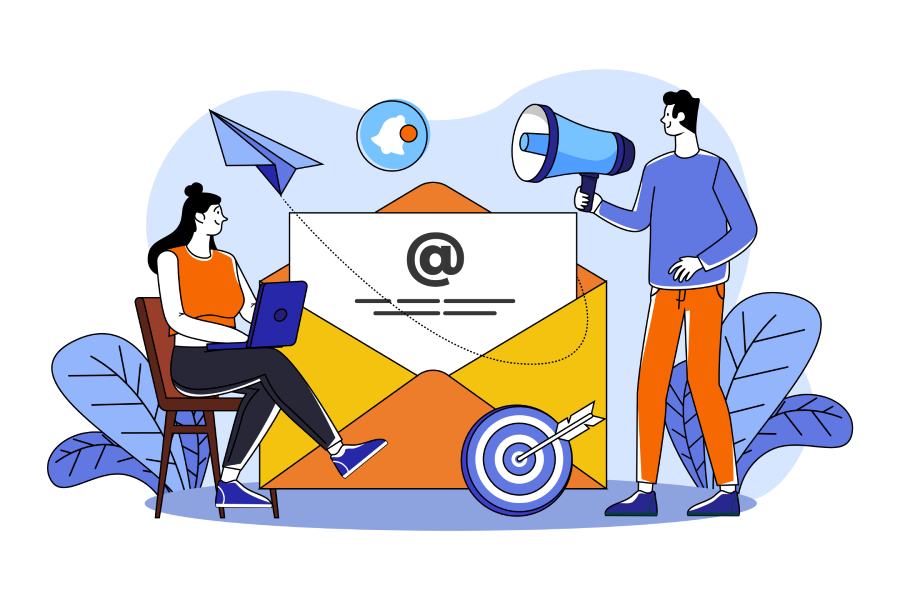Advantages of Lead Gen: Boost Your Business Growth Strategy
Lead generation is like a treasure map for businesses, guiding them towards potential customers who are ready to engage. But why is it so crucial in today’s marketplace? The answer lies in the dynamics of modern consumer behavior. Shoppers today are looking for more than just a product; they want a relationship with brands that understand their needs and preferences.
Through effective lead generation strategies, businesses can not only identify interested prospects but also nurture them into loyal customers. By laying out the road ahead, we’re about to explore the various benefits of lead generation that can help elevate your business growth strategy—think of it as equipping yourself with the right tools to find and retain your own loyal audience!
The key advantages of lead generation include market expansion by identifying new audience segments, enhanced customer relationships through quality content, and increased revenue as tailored messaging attracts qualified leads. Additionally, effective lead generation reduces reliance on cold outreach, streamlines sales processes, and improves overall lead quality, ultimately driving business growth.
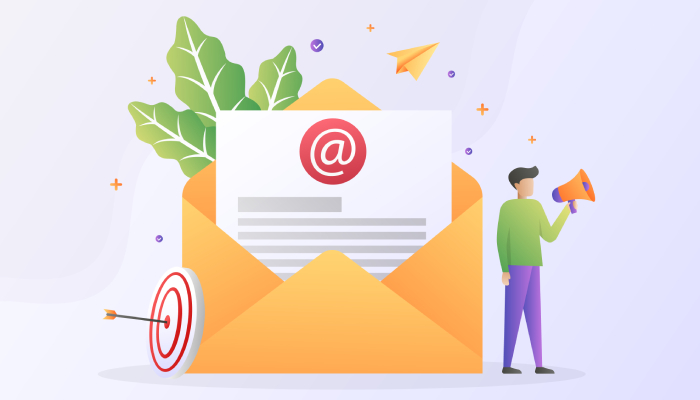
Top Advantages of Lead Generation
One of the most striking advantages of effective lead generation is increased visibility. Imagine your business standing out like a lighthouse amidst a stormy sea, drawing potential customers closer with every wave of relevant content you publish. Consistent blogging and engaging social media posts not only enhance your online presence but also organically improve your search engine rankings.
This relationship between content creation and higher visibility makes your brand more discoverable, leading to increased traffic on your website and ultimately attracting potential leads.
As you cultivate this increased visibility, consider diverse strategies tailored to resonate with your target audience. Sharing informative articles, tips, or testimonials encourages organic engagement while establishing credibility for your brand.
Moving on from visibility, we cannot overlook the advantage of higher conversion rates. The numbers speak for themselves: businesses with effective lead nurturing generate significantly more sales-ready leads at a lower cost. According to HubSpot, nurturing leads can yield 50% more of these ready-to-convert prospects. This leads to meaningful interactions, where nurtured leads tend to make purchases much larger than non-nurtured ones.
Think about this: When customers feel cared for and receive timely information, they often reward that attention with larger purchases—a staggering 47% larger, in fact. Thus, incorporating personalized communication and follow-ups as part of your lead-generation strategy becomes vital.
As we explore further into lead generation benefits, another crucial aspect arises: better market insights. Through meticulous tracking and analysis of how leads interact with your content and offerings, you gain invaluable insight into market trends and customer preferences.
Utilizing tools like Google Analytics or Salesforce allows businesses to see which types of content attract the most interest or which offers convert best. Such data informs not only your marketing strategies but can also guide product development decisions. The better equipped you are to understand your audience’s behavior, the more effectively you can tailor your approach.
These interrelated advantages complement one another elegantly—greater visibility propels higher conversion rates, while improved insights empower businesses to refine their efforts continually.
With these benefits in mind, let’s shift our focus towards the next topic that dives deeper into enhancing overall revenue.
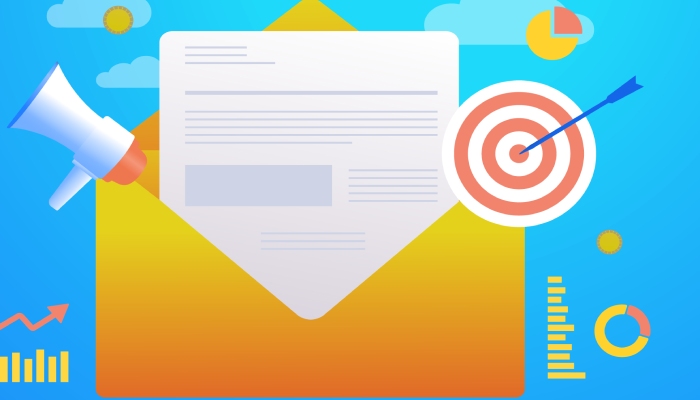
Boosting Overall Sales
One of the most crucial elements in a successful lead generation strategy is ensuring that each step not only draws potential customers in but also converts them into loyal buyers. The focus should be on a seamless process that’ll significantly increase your overall sales figures while improving your brand’s reputation and visibility.
Step-by-Step Sales Boosting Process
Step I – Identifying High-Value Leads
Start by honing in on high-value leads. By employing advanced Customer Relationship Management (CRM) software like Salesforce or HubSpot, you’ll be able to track customer journeys with great precision. These tools leverage artificial intelligence to assign scores to your leads based on their conversion potential, allowing you to spend less time chasing cold leads and more time nurturing those who are genuinely interested in your offerings.
Step II – Personalized Outreach
After pinpointing your high-value leads, it’s imperative to tailor your outreach efforts. Crafting personalized email campaigns has been shown to yield tremendous results; in fact, a study by Experian highlights that personalized emails boast six times higher transaction rates than standard emails. This sort of bespoke communication makes your prospects feel valued and considered, setting the tone for a beneficial relationship.
Step III – Continuous Engagement
Your relationship with potential clients doesn’t stop after that first email. Maintaining continuous engagement is key. Utilize newsletters, follow-up emails, and special promotions strategically to keep your brand at the forefront of their minds. Regular touchpoints increase the likelihood that they’ll view your brand positively—ultimately leading to increased sales.
By keeping engagement steady and ensuring that customers feel connected with your brand ethos, you’ll find yourself not just gaining one-time buyers but building a loyal client base that returns for future purchases.
As we transition from exploring effective selling techniques, it’s essential to consider how these interactions contribute to creating enduring relationships with your clients.
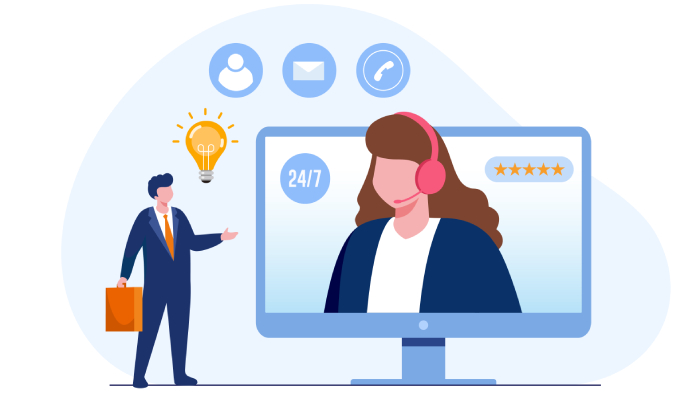
Building a Reliable Customer Base
To create a dependable customer base, businesses must first attract high-quality leads—those who resonate with your brand and are more likely to convert into loyal customers. This is where effective lead generation strategies come into play. By focusing on attracting the right audience, you set the foundation for repeat business and establish advocates who will share their positive experiences. Satisfied customers often spread the word, acting as organic marketers in their communities.
The journey starts when you implement lead generation efforts geared towards customer retention. Think about loyalty programs or exclusive deals that cater to your customers’ preferences. These initiatives encourage one-time buyers to return for additional purchases. For example, offering rewards for frequent shoppers not only incentivizes repeat transactions but also fosters a sense of belonging within your brand community.
Establishing trust through consistent quality and excellent customer service strengthens the customer relationship and enhances brand loyalty.
A Bain & Company report demonstrates this impact well: increasing customer retention rates by just 5% can lead to profits soaring between 25% to 95%. This highlights the direct correlation between nurturing leads and sustainable profitability.
However, having a dependable customer base is imperative, but it’s equally crucial that those customers are high-quality leads.
High-quality leads are individuals who not only show interest in what you offer but align closely with your target market’s profile. By utilizing methods such as data segmentation and personalized outreach based on behavioral data, businesses can refine their marketing strategies to engage prospects meaningfully.
Consider focusing your efforts on these key strategies:
- Use analytics tools to understand which segments of your audience engage most deeply with your content or products.
- Create personalized communications that resonate with the recipient’s interests and previous interactions with your brand.
- Leverage social proof, like customer testimonials or reviews, which can boost credibility and draw in like-minded customers.
These techniques help ensure you’re not just generating any leads; instead, you sift through to find individuals likely to contribute positively to your business’s growth trajectory.
With a thorough understanding of how quality leads contribute to a strong customer base, we now shift our focus toward the methods that enhance targeting and engagement techniques.
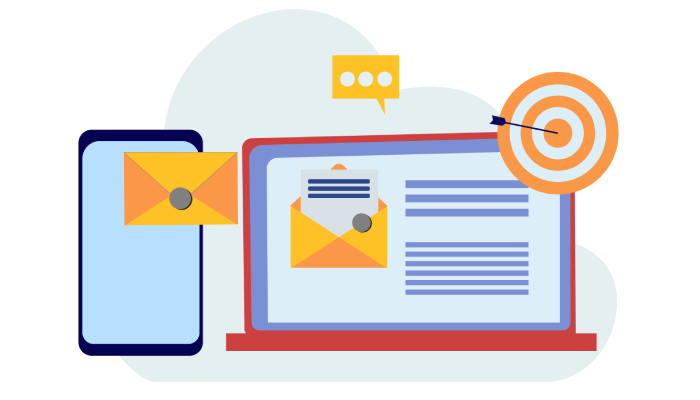
Effective Targeting and Quality Leads
In today’s competitive landscape, successful lead generation hinges on the quality of leads rather than sheer volume. You might think that more leads mean more sales, but this isn’t necessarily the case. Instead, effective targeting allows you to focus on those most likely to convert into customers.
This is akin to fishing; you can drop a large net in the water and catch a ton of fish, but if you’re looking for a specific breed, you’d be better off using targeted bait. The objective is to attract those prospects who not only express interest in your product or service but match your ideal customer profile.
Characteristics of Quality Leads
When assessing leads, consider these three characteristics that signify they are truly valuable:
- Clear Interest in Product/Service: A quality lead shows genuine intent through inquiries, downloads, or engagement with your content.
- Matching Demographic Profile: The lead should fall within the parameters of your target audience, such as age, geographic location, and industry.
- High Probability of Conversion: Ultimately, a good lead is one that has demonstrated behaviors indicating they are likely to make a purchase decision.
Leveraging tools specializing in narrowing down potential leads can significantly enhance your targeting efforts. For instance, utilizing LinkedIn Sales Navigator helps identify key decision-makers within your sector, thus streamlining your outreach process efficiently. Platforms like Facebook Ads go even further by enabling hyper-targeted campaigns directed at particular job titles or industries. This precision ensures that the right message reaches the right audience.
To underscore the effectiveness of quality targeting, consider this data: businesses adopting lead scoring methods report a staggering 77% increase in return on investment from their lead generation efforts according to Marketo. This clearly illustrates how important it is to invest time and resources into refining your targeting strategies.
With effective targeting yielding high-quality leads, the focus shifts toward reinforcing efficiency in marketing methods—essential for driving sustained business success.

Cost-Effective Marketing Tactics
One of the most compelling aspects of lead generation lies in its ability to implement cost-effective marketing strategies that significantly boost business visibility and engagement. In today’s digital landscape, platforms like social media, email campaigns, and content marketing provide affordable routes for reaching target audiences compared to traditional methods like print advertising or billboards. Not only do these digital channels tend to have lower costs associated with acquiring leads, but they also allow for more precise targeting.
Affordable Marketing Channels
| Marketing Tactic | Average Cost per Lead | ROI Potential |
| Email Marketing | $53 | High |
| Content Marketing | $131 | Medium to High |
| Social Media Advertising | $211 | Medium |
These statistics highlight how effective these channels can be. For instance, email marketing often presents an astonishingly high return on investment; reports suggest that every dollar spent can yield up to $42 in revenue. That translates to significant savings when trying to attract qualified leads compared to the much higher costs associated with outbound strategies.
Likewise, content marketing not only provides insightful information that resonates with your audience, it fosters trust and engagement. When prospective customers find value in your offerings through helpful articles or videos, they are more likely to convert into loyal clients. It’s all about building relationships rather than pushing sales— and this is what sets modern strategies apart from outdated approaches.
By leveraging these advantageous channels effectively, businesses can maximize their marketing budgets without compromising on lead quality. Coupled with advanced automation techniques, such opportunities become even easier to harness and expand upon for greater impact. As we continue exploring efficiency, it’s essential to consider the role of automation in streamlining these processes for even better results.

Automating for Greater Efficiency
Automation tools can significantly transform the lead generation process, improving both productivity and efficiency. Think of it this way: when you automate routine tasks, you free up your human resources to focus on more complex interactions that require a personal touch. Automation enables consistency in reaching out to potential customers while allowing your team to invest more time into nurturing relationships. With tools like CRM systems, chatbots, and automated email sequences, you create a seamless workflow that elevates your business operations.
For instance, Customer Relationship Management (CRM) systems such as Salesforce or HubSpot not only help with lead tracking but also automate vital processes like lead scoring and follow-ups. With these systems in place, sales teams can effectively prioritize their leads based on their level of engagement and readiness to convert.
Instead of manually sorting through countless contacts, the system does the heavy lifting for you—an essential advantage considering that over 44% of sales reps are too busy to meaningfully follow up with leads. This is where automation steps in, ensuring that no opportunity slips through the cracks.
“By automating lead management processes, businesses can focus on building relationships rather than getting bogged down by repetitive tasks.”
The potential benefits of these automated systems are backed by impressive data: companies that implement automated lead management often see upward of a 10% increase in revenue within just six to nine months (Invesp). This statistic underscores the real-world impact of leveraging technology to refine business practices.
Chatbots further exemplify the power of automation in lead generation. Available 24/7 on your website, they maintain constant communication with visitors, answering questions instantly and capturing essential lead information without requiring a human presence.
Imagine a potential customer browsing your site at midnight—while they explore what you offer, a chatbot could initiate conversation and gather contact info for future engagement. This not only enriches your lead pool but ensures immediate responses that could cultivate interest and encourage interaction right away.
As these automated processes take root within your operational framework, they enable your business to expand its market presence effectively. Efficiency no longer means sacrificing personalization; rather, it allows for more meaningful engagement overall as teams can respond promptly and strategically based on data-driven insights generated automatically.
With automation paving the way for greater engagement and efficiency in your operations, it becomes essential to explore how these strategies will also support efforts to reach broader audiences and achieve sustainable growth.

Expanding Market Presence
Effective lead generation strategies can significantly enhance a brand’s presence in the market. By continuously engaging with leads and converting them into customers, businesses grow and increase their market share. Think of it as planting seeds in various fields; each engagement is a potential customer waiting to blossom into loyalty and advocacy for your brand.
Consider a manufacturer of eco-friendly products seeking environmentally conscious consumers. By crafting targeted campaigns that resonate with this audience, the brand can convert casual visitors into loyal clients. This effort isn’t just about making a one-time sale; it’s about building a community of advocates who share similar values and spread the word among their networks.
According to studies by Forrester, companies prioritizing lead generation see a whopping 133% more revenue than those without it—a compelling statistic that underscores the value of executing these initiatives effectively.
However, merely attracting attention isn’t enough; converting that interest into actionable relationships is crucial.
One advantage of an effective lead generation strategy is identifying new audience segments that may not have been on your radar before. Every lead you engage with provides insight into different facets of the market where you can expand. For instance, a software company using Nureply might discover through analytics that its users are primarily small business owners seeking efficiency tools. Recognizing this could prompt a pivot in marketing efforts toward custom solutions tailored to that demographic.
As these insights materialize, additional benefits come into play:
- Market Expansion: Businesses can effortlessly tap into new markets by identifying previously unnoticed segments.
- Following Growth: Engaging and nurturing leads fosters relationships that often lead to increased customer loyalty and social proof through positive reviews.
- Revenue Boost: Tailored messaging crafted from customer insights leads to higher conversion rates as prospects feel understood and catered to.
As this network grows, so does your visibility within specific niches, further solidifying your brand’s presence in diverse markets. Each interaction becomes an opportunity for enhanced reputation and credibility, as potential customers witness the authenticity and value your brand brings to the table.
Yet, amidst all this growth potential lies another question: how do we ensure our efforts remain efficient and effective?
Incorporating these insights into your business growth strategy positions you for long-term success and heightened visibility. Lead generation is not just a tactic; it’s an essential element for building meaningful relationships with your audience.

